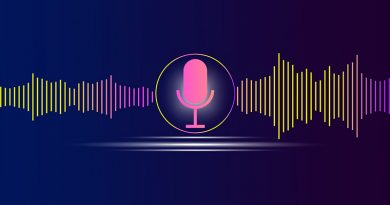Tips on Audio Storytelling

Pick a Treatment
Figuring out how you want to tell your story early on is crucial because it can determine what kind of tape you need. The ways you can tell an audio story are limitless, but here are some tried and true treatments for audio storytelling:
- Acts and Trax – This is your standard radio feature. It includes “acts” (your tape) and tracks (your narration).
- Non-narrated – This kind of story has zero narration from the reporter, which means you need a lot of descriptive tape that can clearly lay out a story. Pursuing a non-narrated audio story means that you will need to work closely with the people you’re interviewing to get clear, descriptive tape. You may often need to ask them to restate sentences to be more clear.
- Two-way – Just a straightforward interview between the reporter and their interviewee(s). Think Fresh Air.
- Audio Diary – The reporter records the ins and outs of their life. This includes reflections, interviews, ambient sounds of their environment, and active scenes.
- Audio Essay – An audio essay isn’t like your typical personal essay or oped for print. The essay needs to sound like how the speaker talks. Audio essays are a great opportunity to play around with sound design.
Collect sounds, not only interviews
People often say that radio is a very visual medium. You want people to really “see” your story by recording ambient noise: dogs barking, doors slamming, the radio being turned on, the sound of the blender. Use the microphone the same way you would a movie camera: get close up, medium, and wide shots.
Depending on the story’s treatment, you may also want to create active scenes in your piece. Doing a story about the pressures of being a young athlete? Take us to a basketball game!
Writing for radio
Radio is as much about writing as it is about recording superb audio. Writing a script or essay for radio is pretty different from writing for print. Here are some key considerations when writing for radio:
- Shorter sentences are better.
- Write as you speak.
- Keep language simple.
- When you’re writing your script, say it out loud!
- Set the scene – Tell us where you are, who you’re talking to, what’s happening. Be the listener’s eyes and ears.



